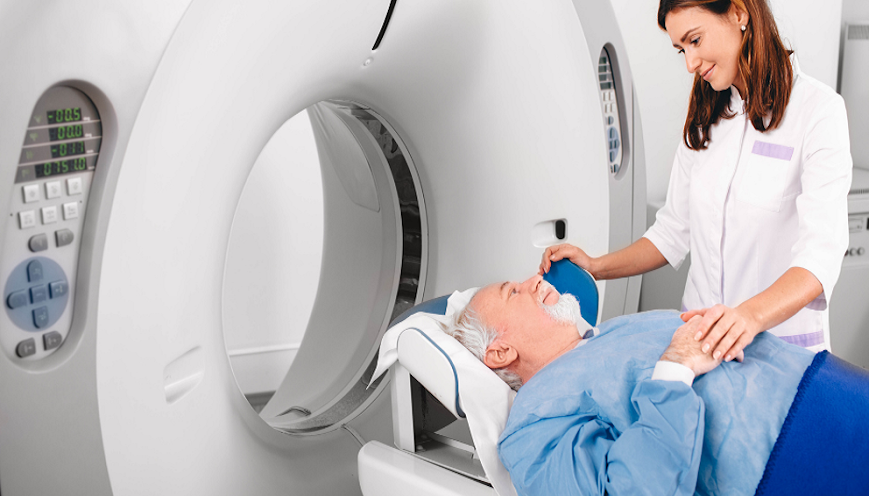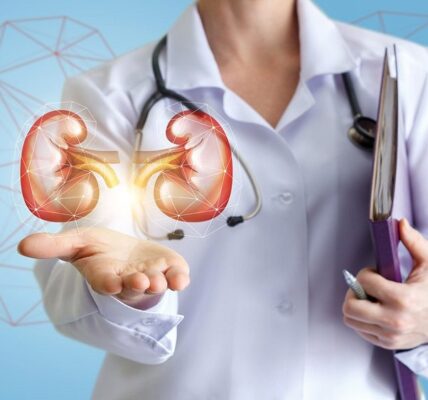Radiology and imaging services stand as a testament, to the ingenuity and technological advancements in medicine. Medical services like X rays ultrasounds, MRI scans and CT scans are essential, for diagnosing, treating and managing medical conditions. The field of radiology and imaging services in USA has evolved benefiting both patients and healthcare providers with its advancements. In this article we will explore the multitude of benefits that radiology and imaging services bring, emphasizing their contribution, to healthcare.
Early and Accurate Diagnosis
Radiology and imaging services offer a pivotal advantage in the realm of healthcare by enabling early and precise diagnoses. These medical services, like X-rays and CT scans provide healthcare professionals with insights into the internal functions of the body. They help identify any abnormalities or irregularities that may otherwise remain unnoticed. This ability to detect issues on is crucial, for saving lives as it allows for prompt intervention and effective treatment plans to be developed.
Minimally Invasive Procedures
The introduction of radiography ushered in a transformational period in the area of surgery, highlighted by the widespread use of minimally invasive treatments. Innovative techniques such as interventional radiology harness the power of imaging guidance to conduct intricate surgeries through significantly smaller incisions. This groundbreaking approach not only minimizes the discomfort experienced by patients but also leads to shorter post-operative recovery periods and decreased overall risks, representing a remarkable evolution in surgical care.
Personalized Treatment Plans
Radiology and imaging services enable healthcare practitioners to develop personalised treatment regimens that are specific to each patient’s condition. By acquiring precise photographs of the problematic region, clinicians can make educated judgements about the best treatment options, optimising results and minimising potential adverse effects.
Non-Destructive Testing
Radiology allows for the destructive examination of various materials not just limited to the human body. Industries, like aerospace, automotive and construction utilize radiography and other imaging methods to ensure the integrity of materials and structures. This ensures that the design and production processes are both safe and dependable.
Cancer Detection and Monitoring
Radiology plays a critical role in cancer diagnosis and monitoring. Techniques like mammography, PET scans, and MRI are instrumental in detecting tumours at early stages when they are most treatable. Additionally, radiology is used to assess treatment progress and identify potential complications in cancer patients.
Evaluation of Bone Health
These medical procedures, like X-rays and CT scans provide healthcare professionals with a way to see what’s happening inside the body. They help identify any problems or irregularities that might not be noticeable otherwise. This ability to detect issues is incredibly important as it allows for intervention and the development of effective treatment plans. It can truly save lives. Early detection can lead to preventive measures and better management of bone-related conditions.
Visualization of Soft Tissue
In addition to bones, radiology and imaging services provide detailed visualization of soft tissues, including muscles, organs, and blood vessels. This capability is invaluable for diagnosing and managing conditions such as cardiovascular diseases, organ abnormalities, and soft tissue injuries.
Infection Detection
Radiology aids in the detection of infections and inflammatory conditions. Imaging techniques, like ultrasounds and CT scans, help identify the source and extent of infections, guiding the appropriate treatment approach.
Assessment of Brain Health
The human brain is a complex and vital organ within our bodies. Radiology services, such as MRI and CT scans play a role in capturing detailed images of the brain. These images are instrumental, in diagnosing disorders, head injuries and strokes. In many circumstances, early intervention can greatly improve patient outcomes.
Reduced Need for Exploratory Surgery
Before the advent of advanced imaging, exploratory surgery was often the only way to diagnose certain medical conditions. Radiology has drastically reduced the need for invasive procedures, sparing patients from unnecessary surgeries and associated risks.
Improved Patient Safety
Radiology and imaging services are generally considered safe and non-invasive. They eliminate the need for potentially harmful exploratory procedures and limit exposure to radiation, thanks to advancements in imaging technology that use lower radiation doses while maintaining image quality.
Research Advancements
The field of radiology continually contributes to medical research and innovation. Imaging studies generate vast amounts of data that researchers use to better understand diseases, develop new treatments, and improve existing diagnostic techniques.
Telemedicine and Remote Consultations
In an era of telemedicine and remote healthcare, radiology and imaging services have become even more valuable. Patients can have their images taken locally and then consult with specialists from around the world, facilitating access to expert opinions and reducing the need for travel.
Enhanced Surgical Planning
Surgeons rely on radiological images to plan complex procedures with precision. 3D reconstructions and detailed scans provide a roadmap for surgeons, increasing the likelihood of successful surgeries and reducing complications.
Quality of Life Improvement
Radiology plays an important role in enhancing the quality of life for people who suffer from chronic pain or severe diseases. Healthcare practitioners can give focused treatments and therapies by precisely evaluating the underlying causes of pain and discomfort.
Monitoring of Chronic Conditions
Patients with chronic conditions, such as heart disease, diabetes, and arthritis, benefit from regular imaging to monitor disease progression and treatment effectiveness. Adjustments to treatment plans can be made promptly based on imaging results.
Education and Training
Radiology and imaging services are essential for the education and training of healthcare professionals. Medical students, radiologic technologists, and other healthcare workers rely on these services to gain practical experience and knowledge.
Global Health Impact
Radiology is not limited to developed countries. Portable imaging devices and telemedicine have extended the reach of radiological services to underserved and remote areas, contributing to better healthcare worldwide.
Conclusion
Radiology and imaging services are an indispensable pillar of modern medicine, offering a multitude of benefits that touch every aspect of healthcare. From early diagnosis and personalized treatment plans to research advancements and improved patient safety, the best radiological services continue to transform the medical landscape. The potential for radiography to improve healthcare outcomes and save lives is limitless as technology advances. Embracing and supporting this sector is more than simply a step forward in healthcare; it is a leap towards a better, more informed future.










